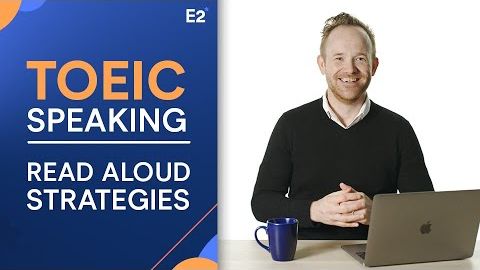【多益攻略】口說部分該怎麼拿到高分呢?朗讀技巧趕快學起來! (TOEIC Speaking Test - Tips & Strategies for Read Aloud)
 沒有此條件下的單字
沒有此條件下的單字- adj.笨拙的;不靈活的;尷尬的,令人難堪的;難處理的;難用的
US /prəˌnʌnsiˈeʃən/
・
UK /prəˌnʌnsiˈeɪʃn/
- n. (c./u.)發音;正確發音;發音方式;發音指南
US /ɪkˈstrɔ:rdəneri/
・
UK /ɪkˈstrɔ:dnri/
- n. (c./u.)韻律;旋律 ; 節奏;韻律;節奏
